Healthy Legs, Healthy Life
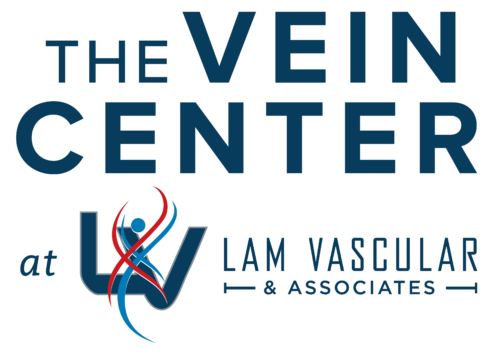

Do you avoid showing your legs? Are shorts out of the question?
Are you tired of living with leg pain, burning and swelling?
Varicose and spider veins affect millions of Americans. It is estimated that 20% of all adults will develop varicose veins at some point in their lives. While they’re commonly a cosmetic concern, varicose veins can also be debilitating.
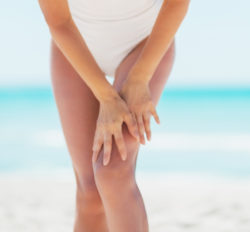
That’s why Dr. Lam has created The Vein Center at Lam Vascular & Associates, a state-of-the-art facility dedicated entirely to the diagnosis and minimally invasive treatment of venous conditions.
At The Vein Center, we know veins. We are your go-to for helping you fully understand your options, and with guidance from our team of specialists, choose the right varicose vein treatment for you.
Trust the health of your veins to
trained vascular experts
SCHEDULE APPOINTMENT
Are you ready to step out of the
shadows? Schedule your appointment at The
Vein Center at Lam Vascular & Associates today.
SCHEDULE APPOINTMENT
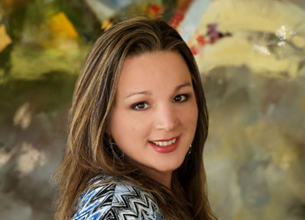
“Dr. Lam takes his time and makes you feel like you are his only patient. He and his staff are very professional. I would highly recommend them.” – Autumn
READ AUTUMN'S STORY
"It didn’t hurt at all and there was no downtime. It’s amazing how such a small procedure can have such a dramatic impact!" – Heidi
READ HEIDI'S STORY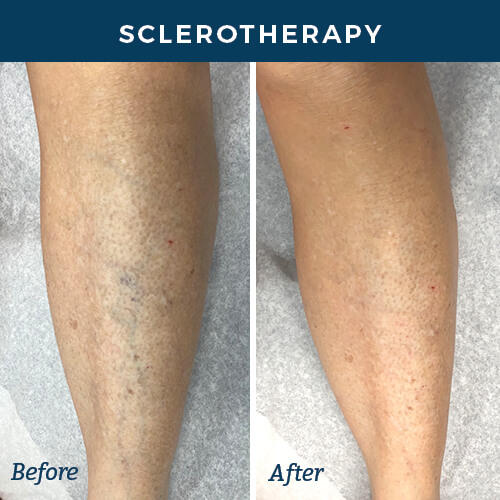

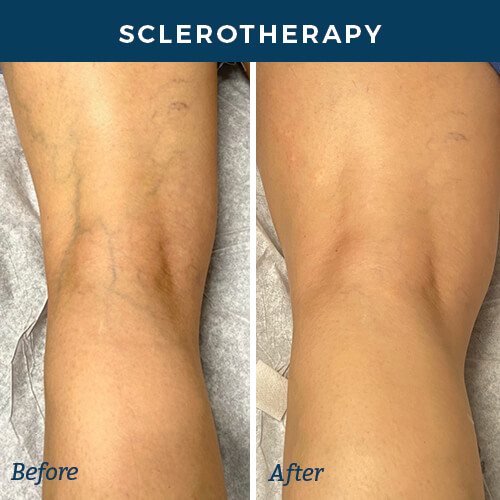
What are your legs
trying to tell you?
TAKE VEIN SELF-TEST
Step out of the shadows and schedule your appointment
at The Vein Center at Lam Vascular & Associates today.
SCHEDULE APPOINTMENT
The information contained in this website is neither intended to dictate what constitutes reasonable, appropriate or best care for any given health issue, nor is it intended to be used as a substitute for the independent judgment of a physician for any given health issue. Patient results will vary based on risk factors, age, disease and medical history. Please seek physician's advice. Like any procedure, it may come with benefits, risks or side effects associated. Click here for additional information.
Section 1557 – Affordable Care Act (ACA)
Lam Vascular & Associates. All Rights Reserved.
Copyright © 2025. www.lamvascular.com